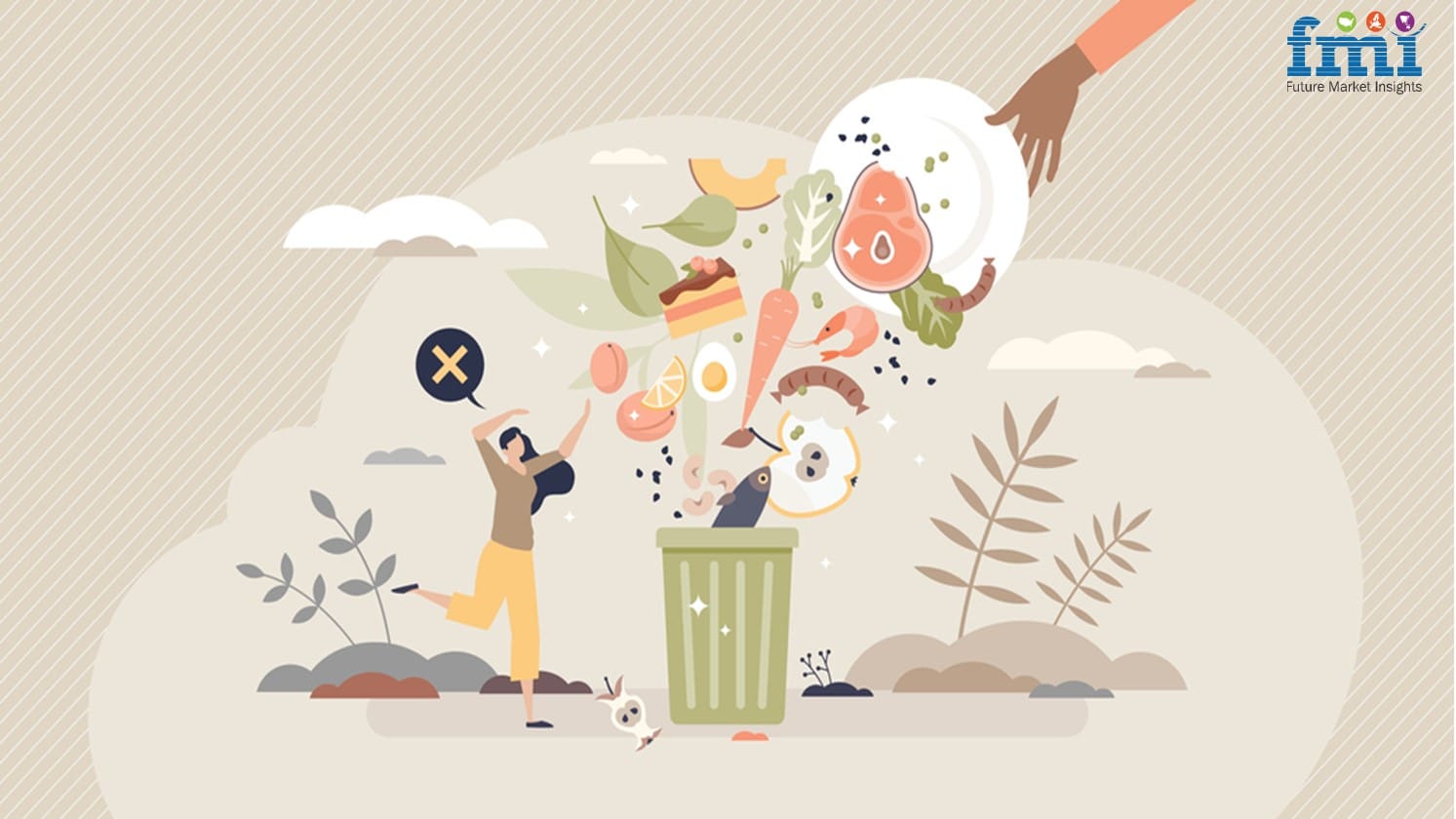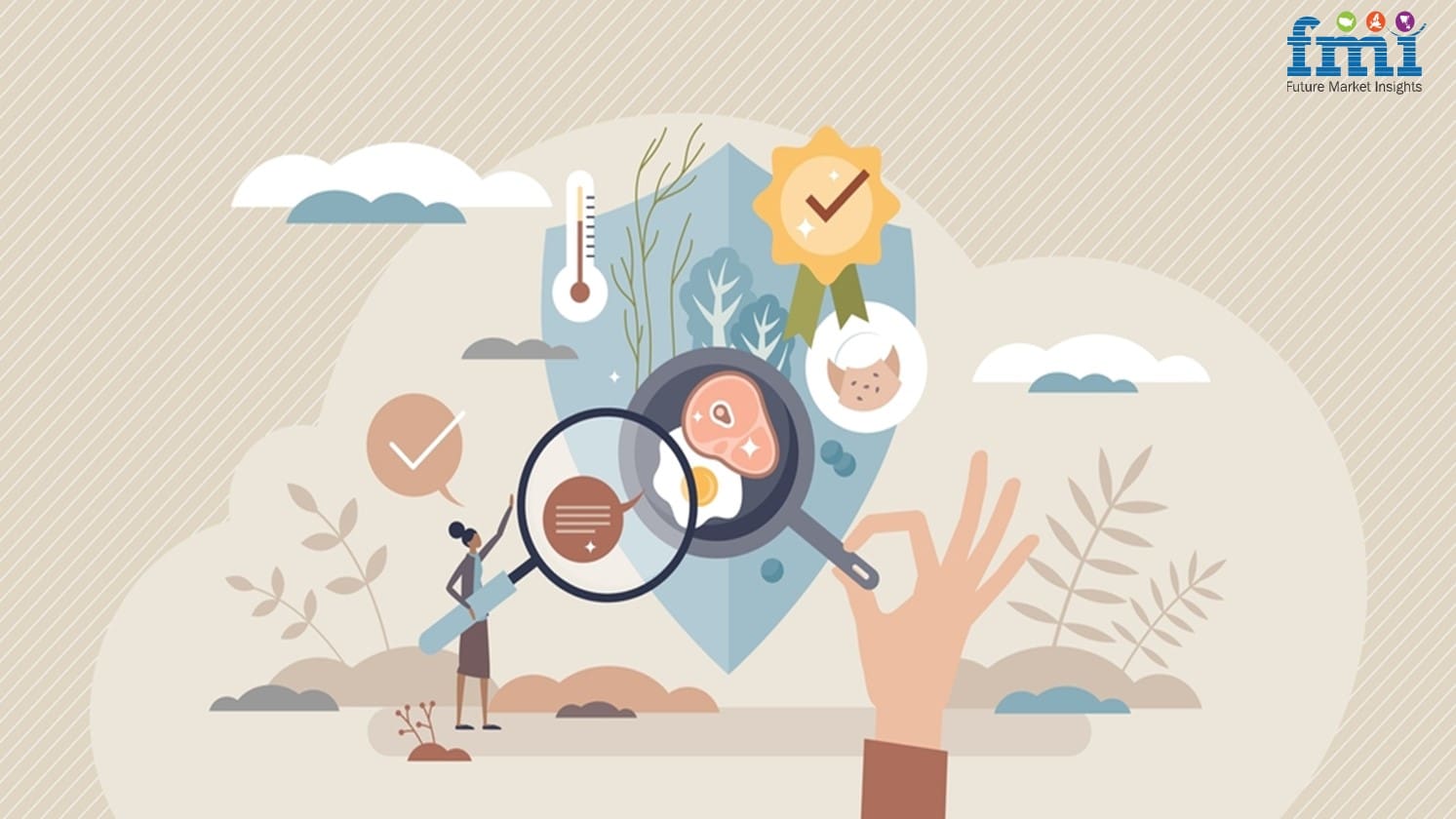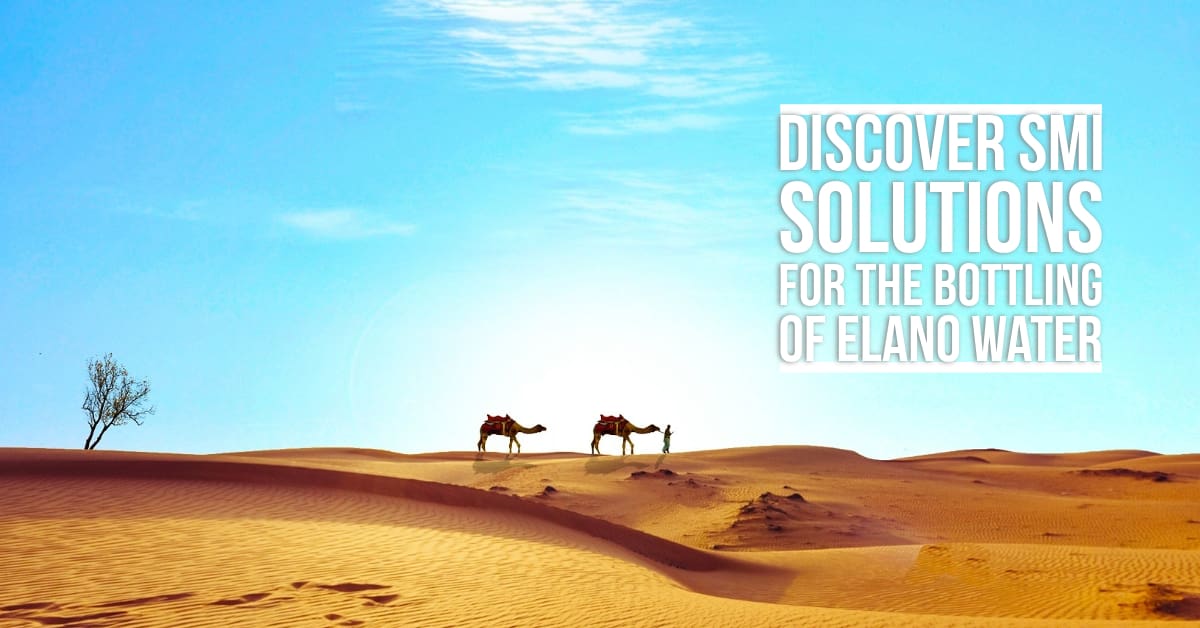INTERPACK 2014
[twitter-follow screen_name=’itfoodonline’]
Tweet
Tweet #interpack 2014
For info please contact +39 0362 244182, or mail to info@itfoodonline.com.
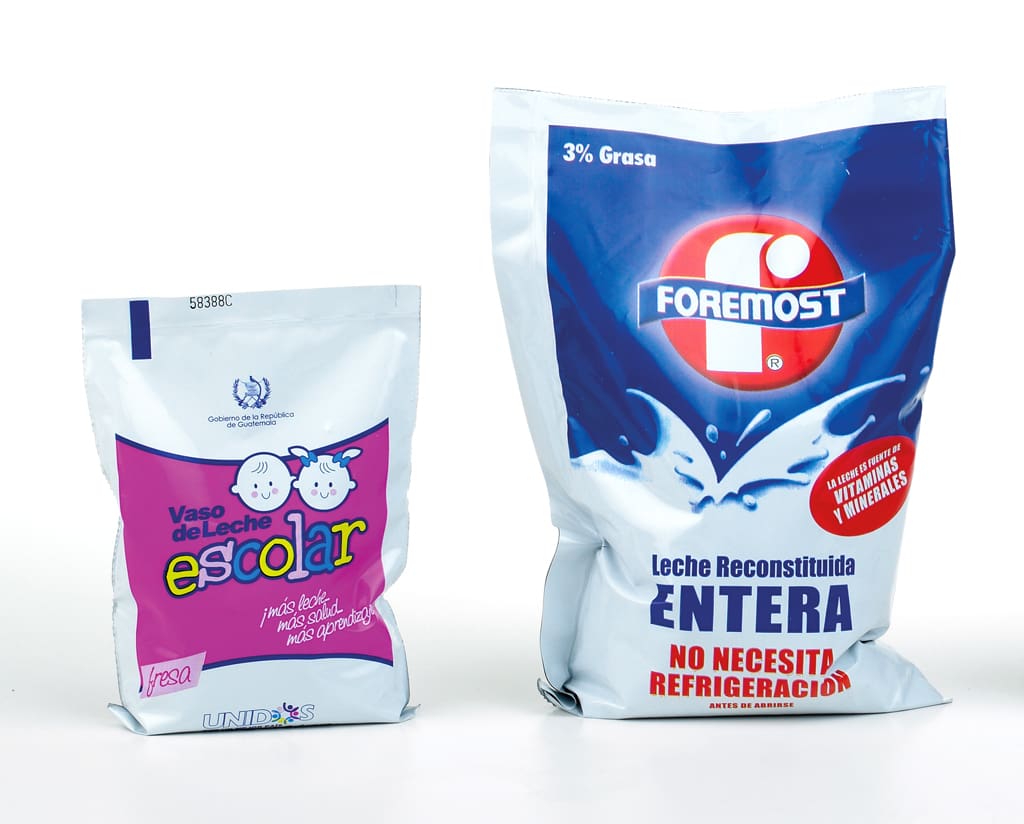 More function, less waste
More function, less waste
Kuraray Co. Ltd. has been manufacturing and marketing ethylene vinyl-alcohol copolymers (EVOH) under the name EVAL™ since 1972, and remains the world leader in EVOH production and market development. William Reay, global marketing manager for EVAL Europe, talks to Food Processing about all EVOH has to offer.
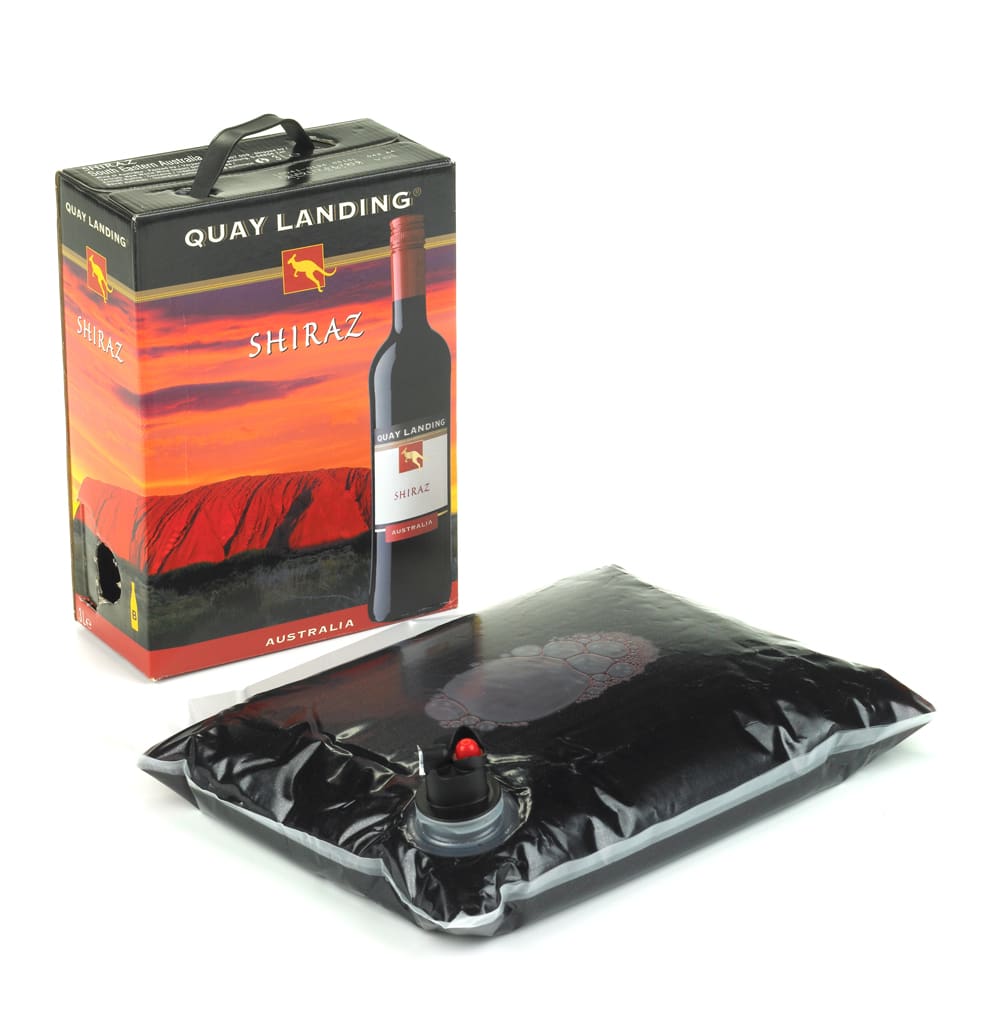 Can you tell us a bit about the company?
Can you tell us a bit about the company?
William Reay: Kuraray was founded in Japan in 1926, and quickly expanded from plastic rayon textile fibres into speciality chemicals and polymers. We are the world’s largest producer of VAM [vinyl acetate monomer] derivatives, including PVOH (polyvinyl alcohol) and EVOH (ethylene-vinyl alcohol copolymers).
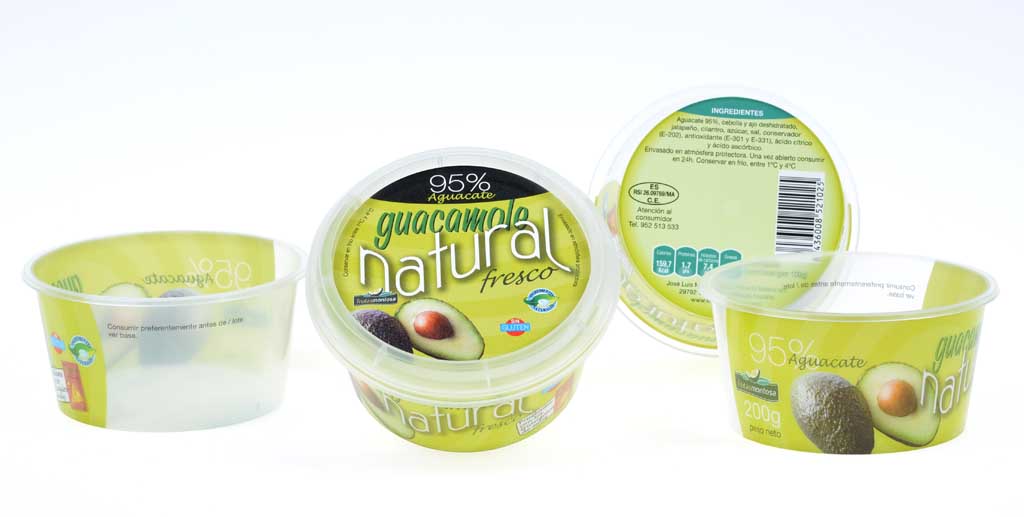 How can EVAL EVOH help brand-owners and producers reduce their carbon footprint?
How can EVAL EVOH help brand-owners and producers reduce their carbon footprint?
By reducing packaging, and avoiding waste. EVAL EVOH is all about finding the perfect balance between function and minimal amounts of materials. EVAL EVOH has performance against oxygen gas that is 10,000 times better than LDPE [low-density polyethylene]. In other words, 1mm of EVAL gives the same protection as a 10m-thick wall of LDPE. We thus need an EVAL layer thickness of just a few microns to add enough barrier function to a coextruded structure. Optimising the amount of packaging materials helps reduce the carbon footprint of a product. But, it is the barrier function that plays the most important role by prolonging shelf life and avoiding waste; the contents of a package usually have a much greater environmental impact than the packaging materials in which they are sold. It not only makes good environmental sense, but good economic sense as well.
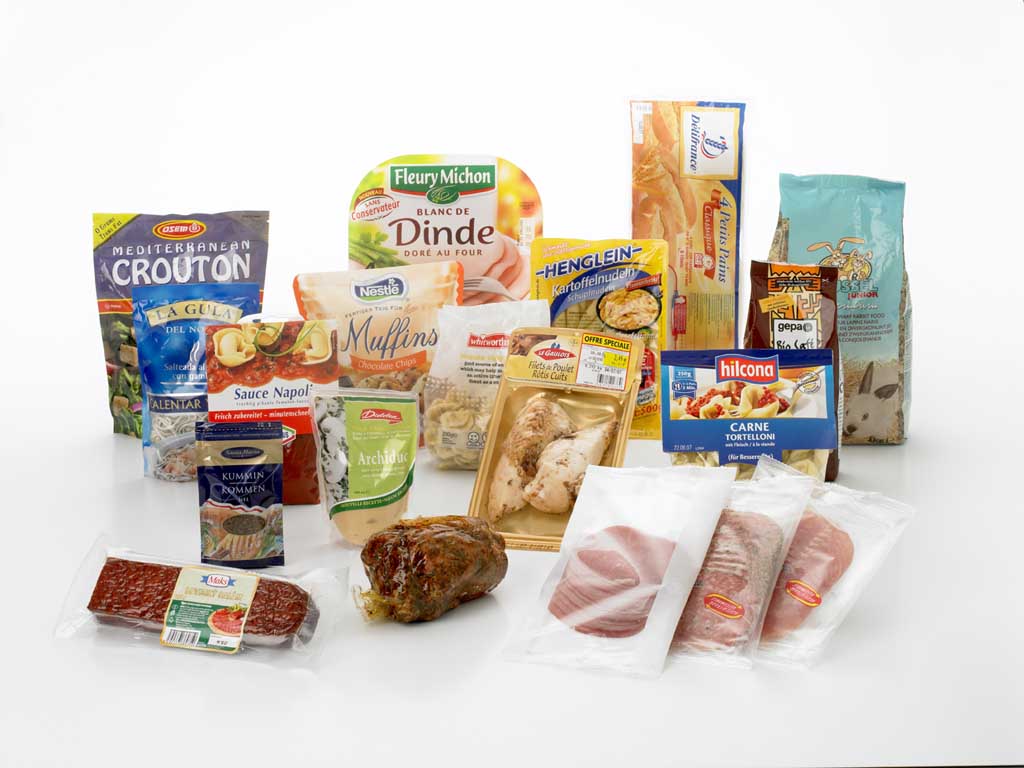 Are the materials recyclable or recoverable?
Are the materials recyclable or recoverable?
Both. Multilayer structures including EVAL™ are routinely ground up and reused as a structural layer in multilayer barrier plastic bottles, sheet and trays. EVAL will not disrupt polyolefin recycling streams, either online or post-consumer. Because EVAL is a plastic, it provides good energy recovery, and emits only water vapour and CO2 – no toxic residue, no metal, no chlorine. Because there isn’t much EVAL in the structure to begin with, even these emissions are quite small, especially when compared with the important benefits of avoiding waste. In the future, EVAL itself may be made from renewable sources that don’t interrupt food supply chains.
Stand-up pouches are increasingly being used for ready meals. Are your solutions microwave-safe?
Absolutely. Stand-up pouches are a good example of optimised packaging, using relatively small amounts of material to protect food until it can be consumed. The microns of EVAL provide barrier properties and shelf-life extension to the entire structure. EVAL is a transparent plastic – no problem for microwave ovens. It can also be used for energy-efficient aseptic filling processes, and is compatible with metal detectors during processing.
How can EVAL reduce waste and protect food?
Prolonging shelf life is an important way to avoid waste. It adds valuable time to the processing and distribution process, while keeping the contents fresh with their vitamins and aroma intact. Our partners usually come to us for optimised oxygen gas barrier, but EVAL also keeps aromas inside the package and effectively blocks outside odours, grease and contamination. A fast growing example of the benefit of this is the EVAL solution against MOSH/MOAH (mineral oil saturated hydrocarbons/mineral oil aromatic hydrocarbons) migration. Mineral oils that are present in recycled cartonboard can easily migrate and accumulate in certain foods, which can cause health problems when ingested.
The quick answer from the market has been to move to virgin paperboard, but this may not be sustainable, and doesn’t protect against migration from the outer carton boxes used for transport and storage. EVAL provides a proven barrier against MOSH/MOAH in thickness as thin as 4μm – once again, effective protection with only very small amounts of material. Better yet, our European Technical Centre can scientifically simulate the amount of MOSH/MOAH migration of a given structure, to show that it is within ever stricter food safety regulation.
What properties do EVAL products have that can help influence consumer decisions?
As a transparent plastic material, EVAL is versatile, and can be used in optimised coextruded structures for film, bag-in-box, pouches, trays, cups, tubes, bottles – even flexitainers and automotive fuel tanks. It can be coated or laminated onto cartonboard and paper, and even used in barrier in-mould labels and co-injected cups and closures. Very thin flexible layers can be laminated to renewable materials like paper or cartonboard, giving them much-needed barrier function. Thanks to its transparency, the product can be made attractively visible to the consumer. But maybe the best way to influence customer decisions is to pass on savings due to optimised packaging and transport, and produce less waste throughout the processing and distribution stream.

